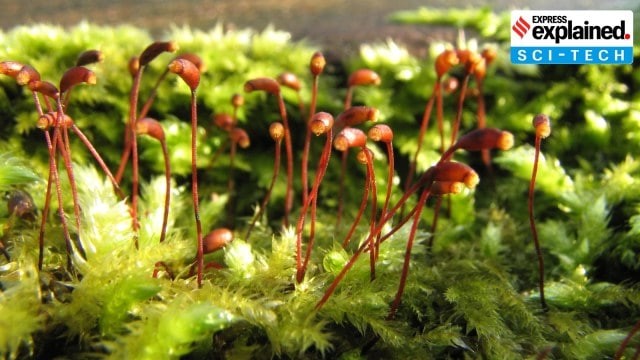
Copyright infringement is not intended
Context: The wave of extinction of species underway across the globe might be more intense than previously thought, a new research led by the University of Minnesota indicated.
More on the news:
- Nearly 30 per cent of the species, have been facing global extinction since 1500, according to the new survey published July 18, 2022, in the Frontiers in Ecology and the Environment
- The experts believe that substantially growing conservation investments and efforts could put off the risk of extinction for one in three species that can be threatened or extinct by 2100.
- It is one of the first studies to bring together diverse geographical and demographic data from thousands of international biodiversity experts.
Mass Extinction Events
A Brief History of Earth
Early life forms began to flourish during the Cambrian Explosion, 540 million years ago. Mass extinctions—when at least half of all species die out in a relatively short time—have occurred only a handful of times over the course of our planet's history. The largest mass extinction event happened around 250 million years ago, when perhaps 95 percent of all species went extinct.
Top Five Extinctions
Ordovician-silurian Extinction: 440 million years ago
Small marine organisms died out.
Devonian Extinction: 365 million years ago
Many tropical marine species went extinct.
Permian-triassic Extinction: 250 million years ago
The largest mass extinction event in Earth's history affected a range of species, including many vertebrates.
Triassic-jurassic Extinction: 210 million years ago
The extinction of other vertebrate species on land allowed dinosaurs to flourish.
Cretaceous-tertiary Extinction: 65 Million Years Ago
What to Call It?
Scientists refer to the major extinction that wiped out nonavian dinosaurs as the K-T extinction, because it happened at the end of the Cretaceous period and the beginning of the Tertiary period. Why not C-T? Geologists use "K" as a shorthand for Cretaceous. "C" is shorthand for an earlier period, the Cambrian.
Dawn of a New Age
The extinction that occurred 65 million years ago wiped out some 50 percent of plants and animals. The event is so striking that it signals a major turning point in Earth's history, marking the end of the geologic period known as the Cretaceous and the beginning of the Tertiary period.
6th Mass Extinction
- The Holocene extinction, otherwise referred to as the sixth mass extinction or Anthropocene extinction, is an ongoing extinction event of species during the present Holocene epoch (with the more recent time sometimes called Anthropocene) as a result of human activity.
- The included extinctions span numerous families of bacteria, fungi, plants and animals, including mammals, birds, reptiles, amphibians, fish and invertebrates. With widespread degradation of highly biodiverse habitats such as coral reefs and rainforests, as well as other areas, the vast majority of these extinctions are thought to be undocumented, as the species are undiscovered at the time of their extinction, or no one has yet discovered their extinction.
- The current rate of extinction of species is estimated at 100 to 1,000 times higher than natural background extinction rates.
- The Holocene extinction includes the disappearance of large land animals known as megafauna, starting at the end of the last glacial period.
- The most popular theory is that human overhunting of species added to existing stress conditions as the extinction coincides with human emergence.
- Ecologically, humanity has been noted as an unprecedented "global superpredator" that consistently preys on the adults of other apex predators, and has worldwide effects on food webs. There have been extinctions of species on every land mass and in every ocean: there are many famous examples within Africa, Asia, Europe, Australia, North and South America, and on smaller islands.
- Overall, the Holocene extinction can be linked to the human impact on the environment.
- The Holocene extinction continues into the 21st century, with meat consumption being a primary driver of the mass extinction, and deforestation, overfishing, ocean acidification, the destruction of wetlands, and the decline in amphibian populations being a few broader examples of global biodiversity loss. Human population growth and increasing per capita consumption are considered to be the primary drivers of this decline.
https://www.downtoearth.org.in/news/environment/one-in-three-species-threatened-with-extinction-action-needed-says-study-83787
1.png)












